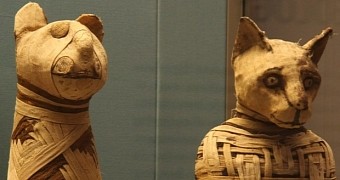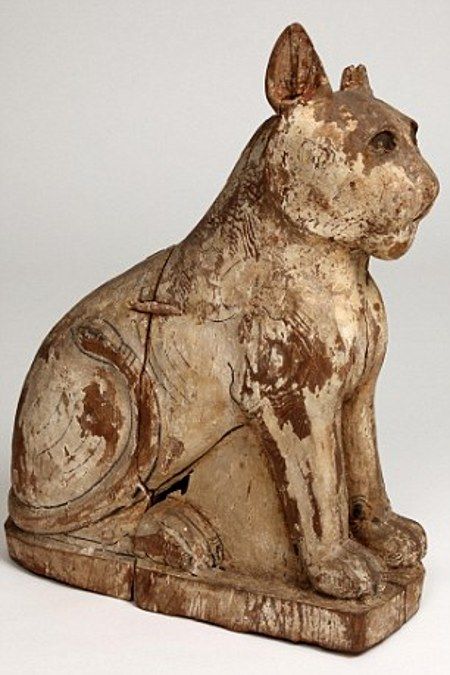The fact that ancient Egyptians were in the habit of mummifying their dead isn't exactly breaking news. Still, there's been very little talk both in the scientific community and otherwise about one other practice they were quite fond of: animal mummification.
This is despite the fact that, according to recent estimates, some 70 million dead animals were turned into mummies in ancient Egypt starting about 800 BC and until almost 500 AD.
Of these animals that became mummies in the hands of Egyptian craftsmen, some were pets that people wanted to keep close to them even after their death. Others, however, were meant as gifts for the gods.
As part of a recent investigation, University of Manchester researcher Lidija McKnight and colleagues turned to X-rays and CT scans to have a look inside about 300 animal mummies kept in storage at museums in the UK. What they found took them by surprise.
Many of the animal mummies turned out to be forgeries
In a report detailing their work, the specialists explain that, of the ancient Egyptian animal mummies included in this study, about a third were found to contain no bones whatsoever. Instead, the scientists discovered them to be made of sticks, mud, feathers and eggshells.
What's more, scientist Lidija McKnight and fellow researchers say that, of the mummies they scanned, only a third contained complete skeletons. The ones that weren't forgeries through and through packed some bones, but not nearly enough to make a full body.
“Often the most beautifully wrapped mummies don't contain the animal remains themselves,” said University of Manchester researcher Lidija McKnight in an interview included in a BBC program that aired this past May 11, as cited by DM.
The ancient forgeries probably weren't created to deceive
Interestingly, specialist Lidjia McNight argues that, although not containing any actual animal bones, these forged mummies might not have been created with the intention to deceive.
Thus, the researcher believes that the craftsmen who put together the mummies turned to sticks, stones and other uncanny materials to keep up with demand, but made sure they used items that had one way or another come into contact with the animals themselves.
Since the mummies were created as gifts for the gods, they didn't necessarily have to be the remains of dead animals. They just had to look like mummified cats, birds and other creatures.
“We think they were mummifying pieces of animals that were lying around, or materials associated with the animals during their lifetime. So we don't think it's forgery or fakery. It's just that they were using everything they could find,” explained Lidija McKnight.

 14 DAY TRIAL //
14 DAY TRIAL // 

